Home>Interior Design>Using Blue As An Accent Color In Interior Design
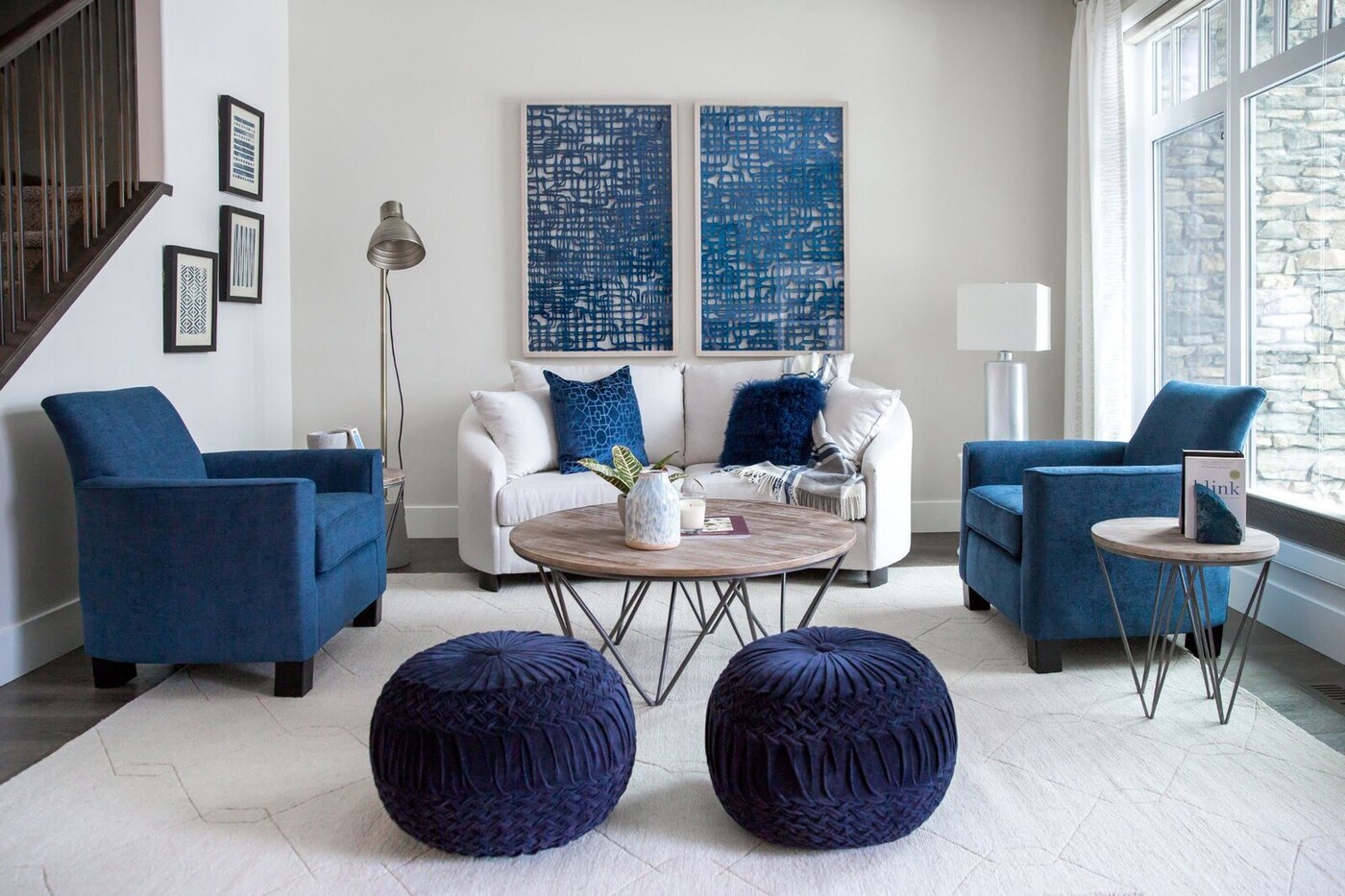

Interior Design
Using Blue As An Accent Color In Interior Design
Modified: November 2, 2024
Enhance your interior design with the perfect accent color. Discover how incorporating blue can create a stunning and refreshing atmosphere in your home.
(Many of the links in this article redirect to a specific reviewed product. Your purchase of these products through affiliate links helps to generate commission for Storables.com, at no extra cost. Learn more)
Introduction
When it comes to interior design, one of the most effective ways to add a pop of color and create visual interest is by using accent colors. And when it comes to accent colors, blue is an excellent choice. Blue has long been associated with feelings of calmness, serenity, and tranquility, making it a popular color in interior design. Whether you want to create a soothing and relaxing atmosphere or add a touch of elegance and sophistication, incorporating blue as an accent color can elevate the overall look and feel of your space.
But before you dive into selecting shades of blue and adding them to your design scheme, it’s important to understand the psychology of blue. Different shades of blue have unique effects on our moods and emotions, so choosing the right shade is crucial in achieving the desired ambiance in your space.
Once you have a good grasp of the psychology of blue, you can start selecting the right shade that aligns with your design goals. Whether you opt for a light and airy sky blue or a rich and deep navy blue, there are plenty of options to suit your personal style and the overall theme of your space.
Now that you have the perfect shade of blue in mind, let’s explore different ways you can incorporate this versatile color as an accent in your interior design. From furniture to wall decor, accessories to lighting fixtures, there are countless opportunities to add splashes of blue throughout your space and create a cohesive and visually pleasing design.
Key Takeaways:
- Blue is a versatile accent color that can create a calming or vibrant atmosphere, depending on the shade and room setting. It pairs well with neutral colors and can be incorporated into furniture, wall decor, accessories, and lighting fixtures.
- Understanding the psychology of blue and considering factors like room size, natural light, and desired mood are crucial when selecting the right shade of blue for interior design. Incorporating blue accents can create visual interest and add personality to any space.
The Psychology of Blue
Blue is a color that is often associated with feelings of calmness, tranquility, and serenity. It evokes a sense of relaxation and peace, making it an ideal color choice for spaces where you want to create a soothing atmosphere. Studies have shown that blue can help lower blood pressure, reduce anxiety, and promote a sense of well-being.
But it’s important to note that different shades of blue can have varying effects on our emotions. Lighter shades of blue, such as sky blue or powder blue, tend to create a sense of spaciousness and openness. These lighter shades are often associated with a feeling of freshness and purity.
On the other hand, darker shades of blue, such as navy blue or royal blue, are often seen as more sophisticated and elegant. These deep blues can create a sense of depth and intensity in a space and are often used to add a touch of drama.
When incorporating blue into your interior design, it’s important to consider the overall mood and ambiance you want to create. If you’re looking to create a calming and relaxing space, lighter shades of blue may be the best choice. On the other hand, if you want to make a bold statement or add a sense of depth to your space, darker shades of blue can be more impactful.
Additionally, blue is a versatile color that can complement a wide range of other colors. It pairs well with neutrals such as white, gray, and beige, creating a clean and sophisticated look. It can also be paired with warmer colors like yellows and oranges to create a more energetic and vibrant atmosphere.
Ultimately, the psychology of blue suggests that it is a color that can create a sense of calmness and tranquility in a space. By understanding the effects of different shades of blue and considering the overall mood and ambiance you want to create, you can select the perfect shade to enhance your interior design.
How to Select the Right Shade of Blue
When it comes to selecting the right shade of blue for your interior design, there are a few factors to consider. By taking into account the size of the room, the amount of natural light, and the overall mood you want to create, you can choose a blue shade that perfectly fits your space.
First, consider the size of the room. In smaller rooms, it’s generally recommended to use lighter shades of blue. Lighter blues create a sense of airiness and openness, making the space feel more expansive. On the other hand, darker shades of blue can make a small room feel more enclosed and intimate. If your room is on the larger side, you have more flexibility with your blue color choice.
The amount of natural light in the room is another important factor to consider. If your space is flooded with natural light, you can opt for a wider range of blue shades. Lighter shades will be enhanced by the natural light, creating a bright and airy ambiance. However, if your space lacks natural light or has limited access to windows, it’s best to stick with lighter shades to avoid creating a dark and gloomy atmosphere.
The mood you want to create in your space is also important when selecting the right shade of blue. For a calming and tranquil atmosphere, choose lighter shades of blue. These shades are often associated with serenity and are perfect for bedrooms, bathrooms, and living rooms where you want to relax and unwind. If you want to create a more dramatic or sophisticated look, darker shades of blue can add depth and elegance to your space, making them ideal for dining rooms, libraries, or home offices.
Once you have a general idea of the shade of blue you want to use, it’s a good idea to test out various samples in your space. Paint small swatches on the walls or bring in fabric samples to see how different shades of blue look in the room’s lighting and with your existing furniture and decor. This will help you visualize the final result and make a more informed decision.
Remember, selecting the right shade of blue is all about finding the balance between your personal preferences, the size and lighting of your space, and the mood you want to create. By considering these factors, you can choose a blue shade that will enhance your interior design and create the desired atmosphere in your home.
Using Blue as an Accent Color in Furniture
One of the most impactful ways to incorporate blue as an accent color in your interior design is through furniture pieces. Adding a touch of blue to your furniture can create a focal point in the room and add visual interest to your space.
There are various ways you can incorporate blue into your furniture. An easy and versatile option is to choose a statement piece, such as a blue sofa or armchair. This instantly draws attention and adds a pop of color to your living room or seating area. Look for a shade of blue that complements your existing color scheme and fits the overall style of the room. A vibrant sky blue can add a playful and energetic touch, while a rich navy blue can create a sense of sophistication and elegance.
If you prefer a more subtle approach, consider adding blue accents to your furniture. This can be done through pillows, throw blankets, or upholstery details. Adding blue pillows to a neutral-colored sofa can instantly transform the look and feel of the space. You can also choose accent chairs with blue upholstery or opt for blue detailing, such as piping or tufting, on your existing furniture pieces.
Another way to incorporate blue into your furniture is through painted or stained finishes. Adding a blue finish to a side table, bookshelf, or dresser can create a unique and eye-catching piece. Consider using a distressed finish for a rustic or shabby-chic look, or opt for a glossy finish for a more modern and sleek aesthetic.
When using blue as an accent color in furniture, it’s important to consider the balance and overall harmony of the room. If you have a larger furniture piece in a bold shade of blue, balance it out with more neutral colors in the rest of the room. Use complementary colors, such as whites, grays, or beiges, to create a cohesive and balanced look. This allows the blue furniture to stand out without overpowering the space.
By incorporating blue as an accent color in your furniture, you can add personality and character to your space. Whether you go for a statement piece or subtle accents, blue furniture can be a great way to enhance your interior design and create a unique and inviting atmosphere.
Incorporating Blue into Wall Decor
When it comes to incorporating blue into your wall decor, there are several creative and visually appealing options to consider. From painting the walls in a beautiful shade of blue to using blue artwork and wallpaper, adding blue to your walls can transform the entire look and feel of a room.
Painting the walls in a blue hue can create a stunning backdrop for your space. Whether you choose a soft and calming light blue or a bold and vibrant navy blue, the color will instantly set the tone for the room. Painting an accent wall in blue can create a focal point and add visual interest to the space. This works particularly well in living areas, bedrooms, and dining rooms.
If you prefer a less permanent option, incorporating blue through artwork is a great alternative. Hang blue paintings, prints, or photographs on the walls to inject color and personality into your space. Whether you choose abstract art, landscapes, or floral prints, the blues in the artwork will add depth and visual appeal. Consider framing the artwork in white or black frames to make the blue pop even more.
Another popular way to incorporate blue into wall decor is by using wallpaper. Blue wallpaper can add texture, patterns, and depth to a room. Whether you opt for a subtle blue wallpaper with a delicate pattern or a bold and intricate design, it can instantly elevate the look of the space. Use wallpaper in a feature wall to create a focal point or apply it to all the walls for a more cohesive and dramatic effect.
One of the advantages of incorporating blue into wall decor is its versatility. Blue pairs well with various color schemes, allowing you to create different looks based on your personal taste and the overall style of the room. Blue works harmoniously with neutral colors such as white, gray, and beige, creating a fresh and timeless feel. It can also be paired with warmer colors like yellow or orange to create a vibrant and energetic atmosphere.
To complete the look, add blue accents in the form of wall shelves, mirrors, or decorative accessories. These small touches can tie the room together and enhance the overall design scheme. Consider adding blue ceramic decor, artwork, or even blue-tinted mirrors to create a cohesive and visually appealing look.
By incorporating blue into your wall decor, you can add depth, color, and personality to your space. Whether you choose to paint the walls, hang blue artwork, or use wallpaper, incorporating blue into your wall decor is a great way to create a dynamic and inviting atmosphere.
When using blue as an accent color in interior design, consider incorporating it through accessories such as throw pillows, rugs, or artwork to add a pop of color without overwhelming the space.
Blue as a Statement Color in Accessories
If you’re looking to infuse your interior design with a pop of color, using blue as a statement color in accessories is a fantastic option. Adding blue accents through accessories can instantly liven up a space and create a focal point that draws the eye. From pillows and rugs to curtains and vases, there are numerous ways to incorporate blue as a standout color in your decor.
One of the easiest ways to incorporate blue as a statement color is through throw pillows and cushions. Adding a few blue pillows to your sofa or bed can instantly transform the look of the space. Choose bold shades of blue with interesting patterns or textures to make a statement. Mixing different shades of blue with complementary colors can create a visually appealing and dynamic effect.
Rugs are another excellent accessory to incorporate blue as a statement color. A large blue rug can anchor a room and add a dramatic touch. Whether you opt for a solid blue rug or one with blue patterns or accents, the rug will instantly become a focal point in your space. Consider choosing a rug with different shades of blue to create depth and visual interest.
Window treatments, such as curtains or drapes, can also be used as statement pieces in blue. Choose blue curtains in a bold pattern or texture to add a touch of sophistication to your space. Alternatively, opt for solid blue curtains for a more elegant and tranquil look. The curtains will not only add color but also enhance the overall ambiance of the room.
Adding blue as a statement color in accessories extends beyond textiles. Incorporating blue in glassware, vases, and decorative objects can create a visually stunning display. Consider displaying blue vases or glass bowls on shelves or tables to add a pop of color. Blue decorative objects, such as sculptures or ceramic figurines, can also make an impact and become conversation starters.
Additionally, selecting blue lighting fixtures can add a touch of uniqueness and style to your space. Whether it’s a blue pendant light, a table lamp with a blue shade, or a floor lamp with blue accents, these lighting fixtures not only provide functional lighting but also serve as decorative elements. They add a dash of color and create a cohesive look when coordinated with other blue accessories in the room.
When using blue as a statement color in accessories, it’s essential to strike a balance between the blue accents and the overall color palette of the room. Consider using a neutral backdrop and incorporating complementary colors to create a harmonious and visually pleasing design. By doing so, the blue accessories will stand out and make a bold statement without overwhelming the space.
Using blue as a statement color in accessories is an excellent way to inject energy, vibrancy, and personality into your interior design. Whether it’s through pillows, rugs, curtains, lighting fixtures, or decorative objects, incorporating blue accents will undoubtedly elevate the overall look and feel of your space.
Blue Accents in Light Fixtures and Lamps
Lighting is an essential element in interior design, and incorporating blue accents in light fixtures and lamps can add a unique touch to your space. By using blue in these focal points, you can create a stunning visual effect, enhance the ambiance, and make a bold statement.
There are various ways to incorporate blue accents in light fixtures. One option is to choose pendant lights or chandeliers with blue shades or glass elements. These fixtures can serve as eye-catching focal points, drawing attention and adding a touch of color to your space. Blue shades can create a soft and diffused lighting effect, while blue glass elements can cast intriguing patterns and reflections.
Table lamps with blue bases or shades are another excellent way to incorporate blue accents. Blue ceramic or glass bases provide a unique and stylish look, and when combined with a complementary shade, they can create a cohesive and visually appealing design. Blue table lamps work well as bedside lamps, adding a calming and soothing ambiance to your bedroom.
Floor lamps with blue accents can make a statement while providing functional lighting. Look for floor lamps with blue stands, or choose ones with blue shades that cast a soft and warm glow. These lamps can become a focal point in a living room or reading nook, creating an inviting and cozy atmosphere.
In addition to traditional light fixtures, you can also consider incorporating blue LED lights. These lights are versatile and can be used in various ways, such as accentuating architectural features or illuminating artwork or shelves. Blue LED lights can add a contemporary and modern touch to your space, creating a visually striking effect.
When using blue accents in light fixtures and lamps, it’s important to consider the overall color scheme and style of your space. Blue works well with neutral colors like white, gray, and beige, creating a clean and sophisticated look. It also pairs nicely with warmer tones like oranges and yellows, creating a vibrant and energetic atmosphere. Consider the existing decor and color palette of the room to ensure that the blue accents blend harmoniously with the overall design.
By incorporating blue accents in light fixtures and lamps, you can add a touch of color, style, and visual interest to your space. Whether you opt for pendant lights, table lamps, floor lamps, or LED lights, blue accents in lighting can enhance the ambiance and create a unique and captivating atmosphere in your home.
Creating Contrast with Neutral Colors
When it comes to interior design, creating contrast is an effective way to add visual interest and depth to a space. One of the best ways to achieve contrast is by incorporating blue accents with neutral colors. Neutral colors such as white, gray, and beige provide a versatile backdrop that allows the blue accents to stand out and make a bold statement.
Using blue accents against neutral colors can create a striking and visually pleasing contrast. Blue pops against a neutral background, drawing the eye and creating a focal point in the room. The contrast between the blue accents and the neutral colors adds dimension and visual intrigue to your space.
One way to create contrast is by using blue as a color for larger furniture pieces. For example, a blue sofa against a white or gray wall can make a strong visual impact. The blue color stands out against the neutral backdrop and becomes the centerpiece of the room. This contrast creates a dynamic and eye-catching look.
Another way to create contrast is by incorporating blue accents in accessories and decor. For instance, blue throw pillows on a gray or beige sofa add a pop of color that instantly grabs attention. Blue artwork against a white wall creates a bold statement and becomes a focal point in the room. By strategically placing blue accessories against neutral backgrounds, you can create a visually appealing contrast that enhances the overall design of your space.
When using blue accents with neutral colors, it’s important to consider the shade and intensity of blue. Lighter shades of blue can be used to create a subtle and sophisticated contrast, while darker shades of blue can create a more dramatic and bold effect. Experiment with different shades and intensities of blue to find the perfect contrast that suits your style and preferences.
Additionally, consider the texture and materials of your blue accents. A mix of textures, such as a blue velvet armchair against a white wall or a blue ceramic vase on a wooden table, can add depth and interest to the contrast. Combining different materials and textures adds visual richness to the overall design.
Creating contrast with blue accents and neutral colors can transform the look and feel of your space. By incorporating blue as a statement color against a backdrop of whites, grays, and beiges, you can achieve a visually striking and captivating design. The contrast adds depth, dimension, and personality to your interior design, creating a space that feels dynamic and visually appealing.
Blue as an Accent Color in Different Room Settings
Blue is a versatile color that can be used as an accent in various room settings. Whether you’re looking to create a calming atmosphere in the bedroom or a vibrant and energetic ambiance in the living room, incorporating blue as an accent color can transform the look and feel of your space.
In the bedroom, blue can create a soothing and serene environment that promotes relaxation and restful sleep. Consider using blue as an accent color in bedding, such as a blue duvet cover or throw pillows. The blue accents against a neutral-colored bed create a calm and inviting atmosphere. Additionally, incorporate blue in curtains or blinds to create a soft and diffused natural light. Blue artwork or wall decor can also add a touch of visual interest to your bedroom.
In the living room, blue can be used to create a vibrant and energetic atmosphere. Incorporate blue accents through statement pieces of furniture, such as a blue sofa or accent chair, to add a pop of color and personality. Blue rugs or curtains can also enhance the overall design and create a cohesive look. Pair blue accents with complementary colors like white, gray, or beige for a fresh and modern aesthetic. Blue artwork on the walls or blue decorative objects can also add visual interest and complete the look.
In the dining room, blue can add a touch of elegance and sophistication. Incorporate blue as an accent color in dining chairs or table linens for a chic and stylish look. Blue tableware, such as plates or glasses, can also create a cohesive and visually appealing table setting. Consider using blue pendant lights or chandeliers to create a focal point and add a touch of drama to the room.
In the bathroom, blue accents can create a spa-like atmosphere. Incorporate blue through tiles or mosaic patterns in the shower or bathtub area. Blue towels or bath mats can add a pop of color and create a cohesive and relaxing environment. Adding blue accents through accessories, such as soap dispensers or toothbrush holders, can also enhance the overall design and create a unified look.
In the home office or study, blue accents can enhance focus and productivity. Consider using blue as an accent color in the upholstery of an office chair or as a statement piece of wall art. Blue file cabinets or desk accessories can also add a touch of sophistication and organization to your workspace. The blue accents create a calm and serene environment, helping you stay focused and productive.
When incorporating blue as an accent color in different room settings, keep in mind the overall style and theme of the space. Consider the size and lighting of the room, as well as the mood you want to create. By strategically adding blue accents, you can transform any room and create a visually appealing and cohesive design.
Conclusion
Incorporating blue as an accent color in your interior design can add depth, personality, and visual interest to your space. Whether you choose to use blue in furniture, wall decor, accessories, light fixtures, or different room settings, the possibilities are endless. The psychology of blue suggests that it creates a calming and serene ambiance, making it a popular choice for creating a soothing atmosphere in bedrooms, bathrooms, and living rooms.
When selecting the right shade of blue, consider the size of the room, the amount of natural light, and the overall mood you want to create. Lighter shades of blue can create a sense of openness and freshness, while darker shades can add depth and sophistication. By testing out various samples and considering the existing color scheme, you can choose the perfect shade that aligns with your design goals.
Using blue as an accent color in furniture can create focal points and add visual interest. Whether you opt for a statement piece or subtle accents, blue furniture can elevate your interior design and create a unique and inviting atmosphere. Incorporating blue into wall decor through painting, artwork, or wallpaper can transform the entire look and feel of a room, while using blue as a statement color in accessories can add pops of color and personality.
Using blue accents in light fixtures and lamps can create a stunning visual effect and enhance the overall ambiance. Lighting plays a crucial role in interior design, and incorporating blue accents in these focal points can make a bold statement and add a touch of uniqueness to your space. By creating contrast with neutral colors, you can make the blue accents stand out and create a visually appealing design.
Lastly, blue can be used as an accent color in different room settings to create specific atmospheres. From the calming and serene bedroom to the vibrant and energetic living room, incorporating blue accents can transform the look and feel of any space. By considering the size, lighting, and overall theme of each room, you can strategically add blue accents to achieve the desired design outcome.
In conclusion, blue is a versatile and timeless color that can be incorporated into your interior design in various ways. Whether you prefer a subtle touch of blue or want to make a bold statement, adding blue accents can enhance the overall aesthetic and create a visually appealing and inviting space. So go ahead and explore the world of blue, and let your creativity shine through in your interior design.
Frequently Asked Questions about Using Blue As An Accent Color In Interior Design
Was this page helpful?
At Storables.com, we guarantee accurate and reliable information. Our content, validated by Expert Board Contributors, is crafted following stringent Editorial Policies. We're committed to providing you with well-researched, expert-backed insights for all your informational needs.
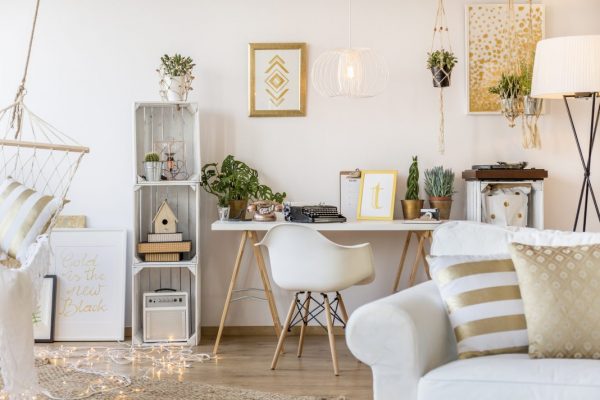
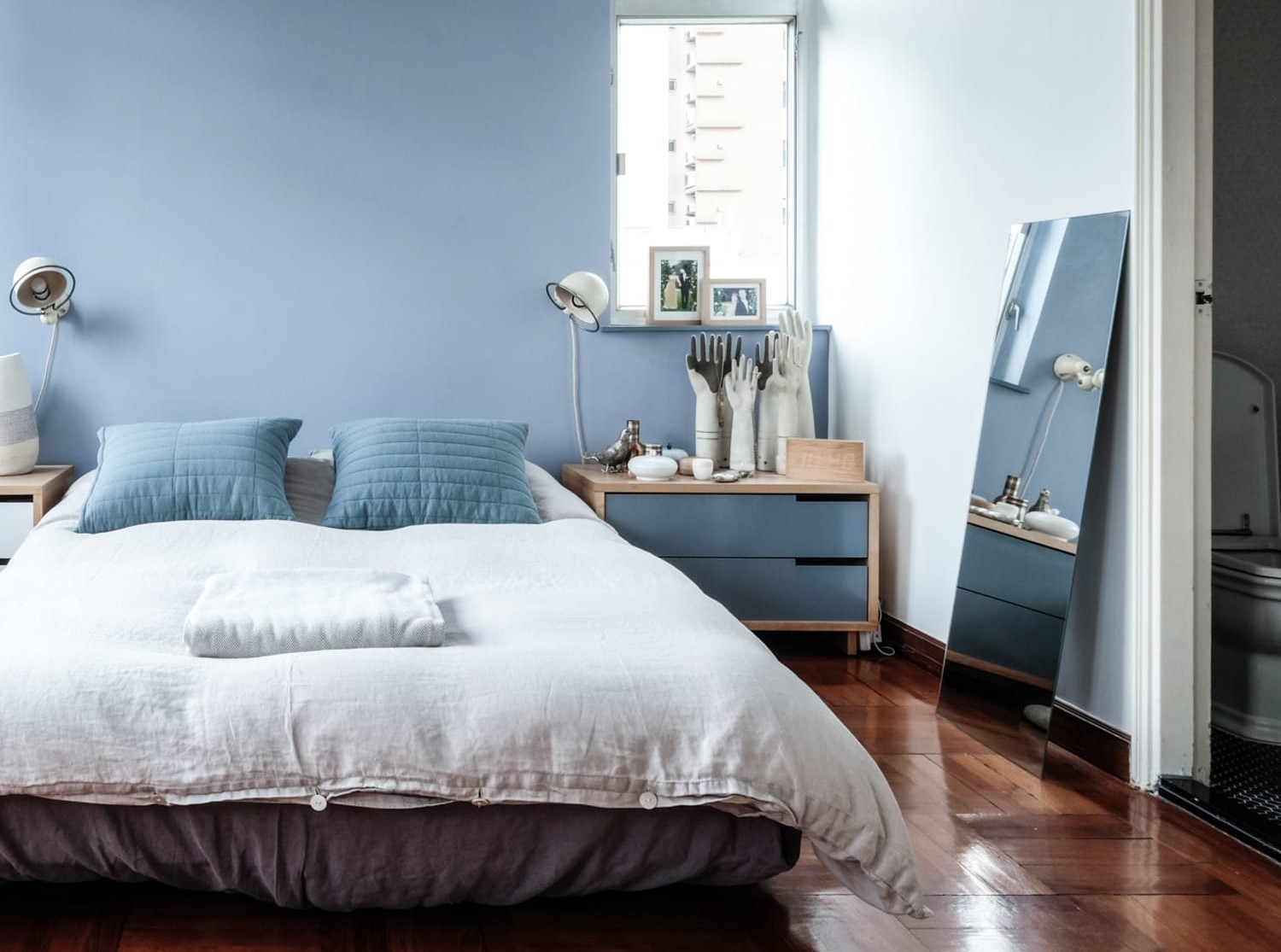
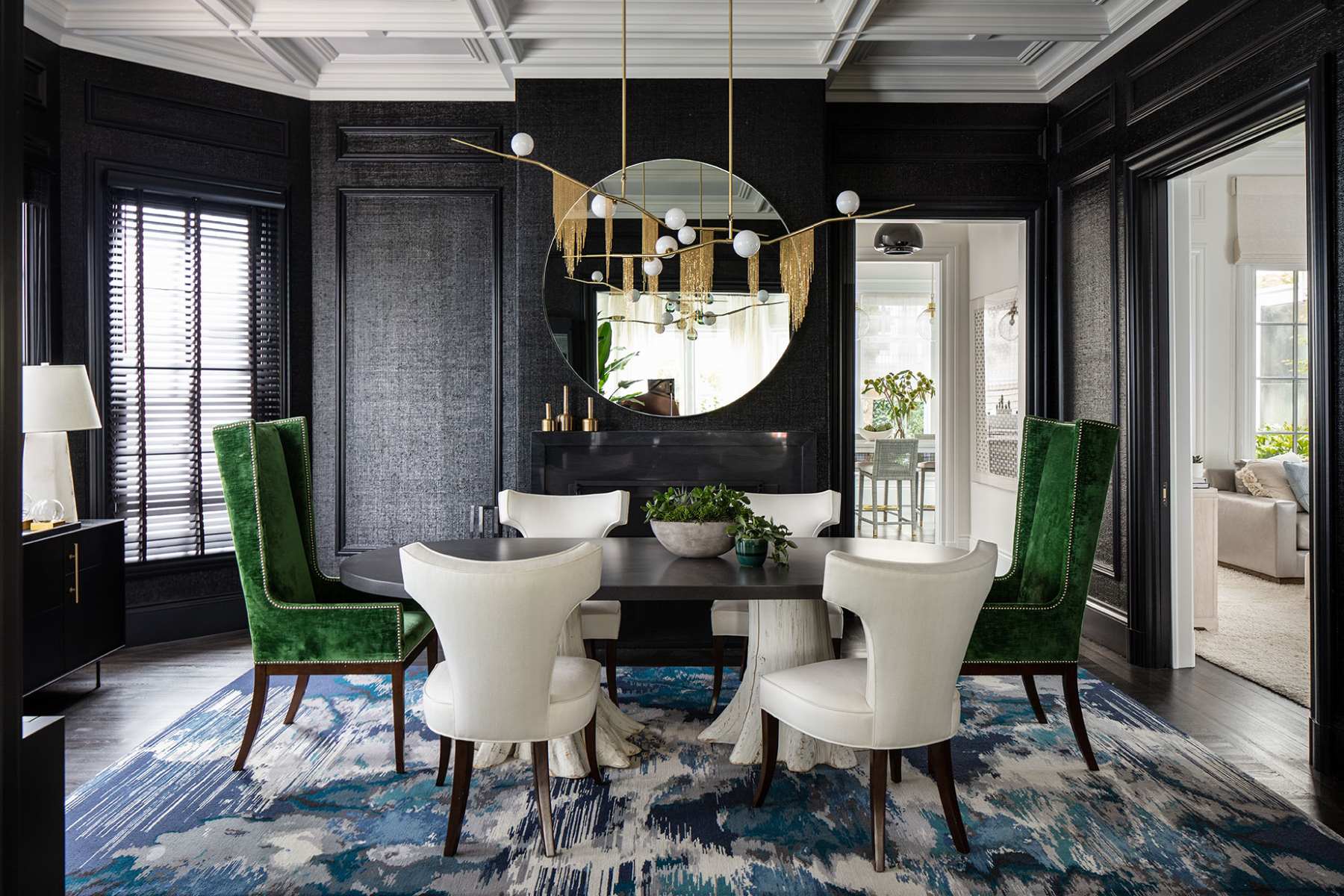
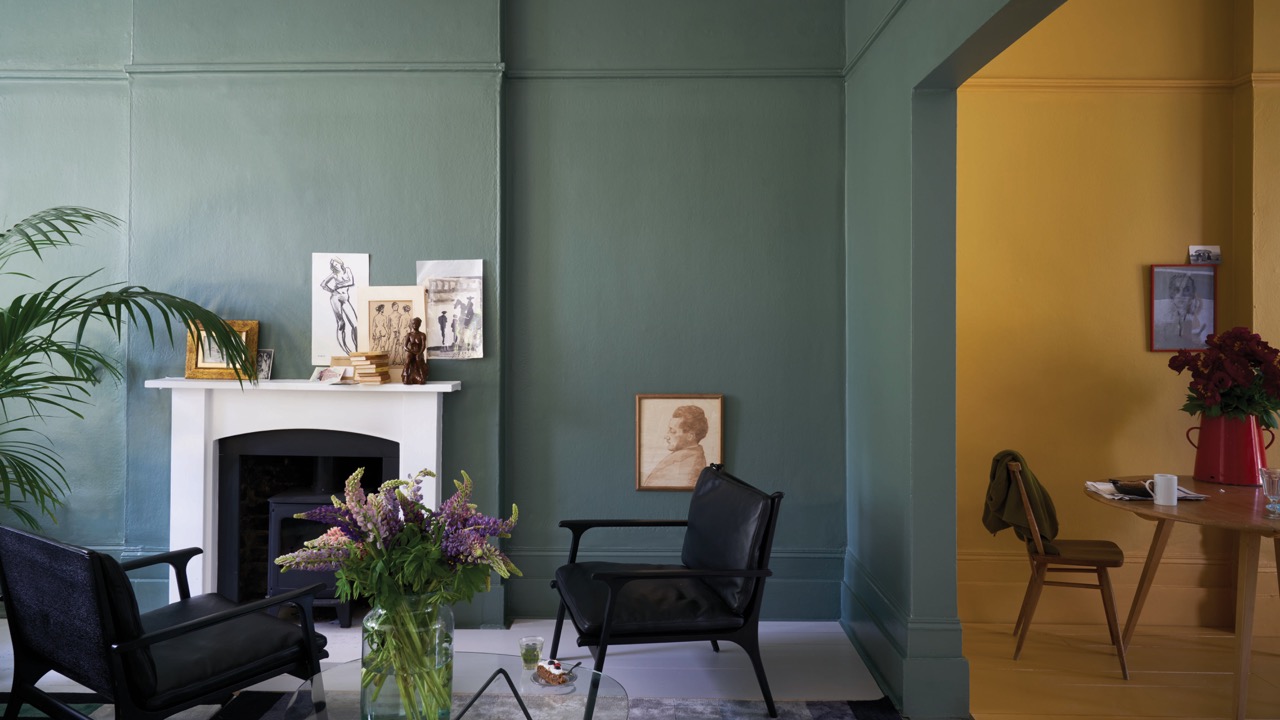
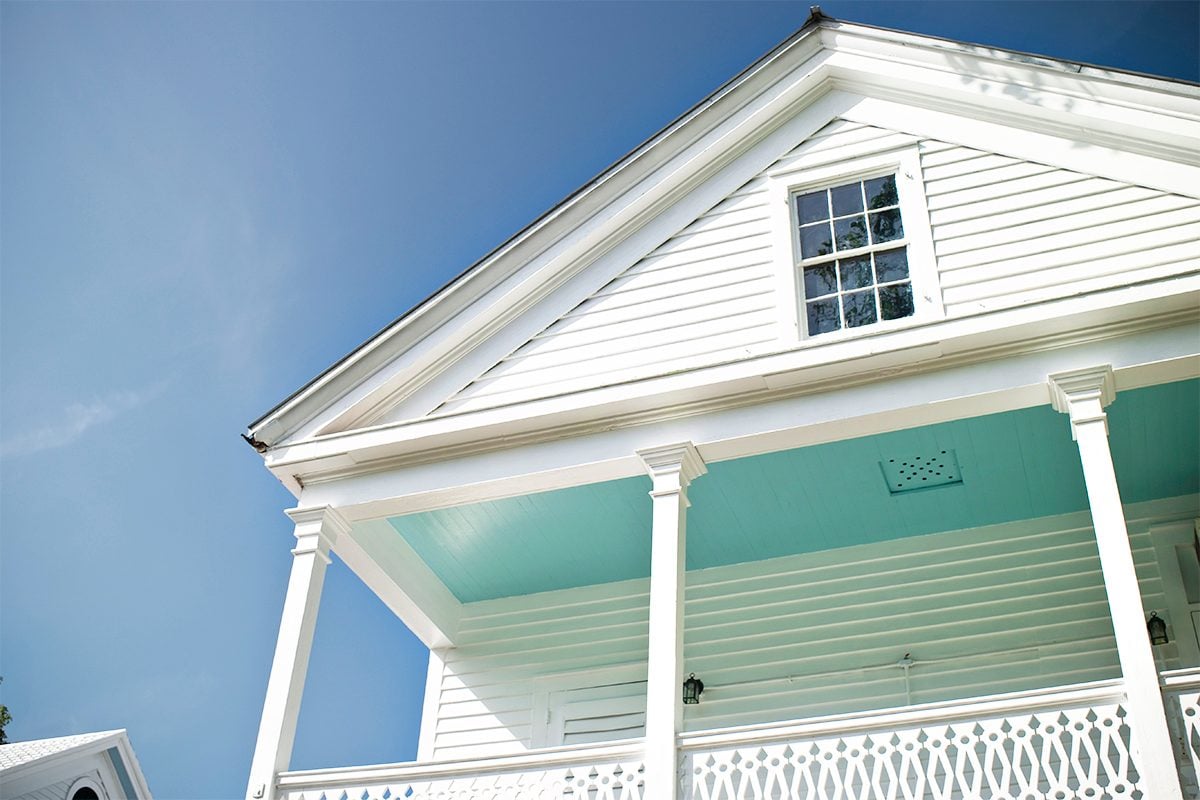
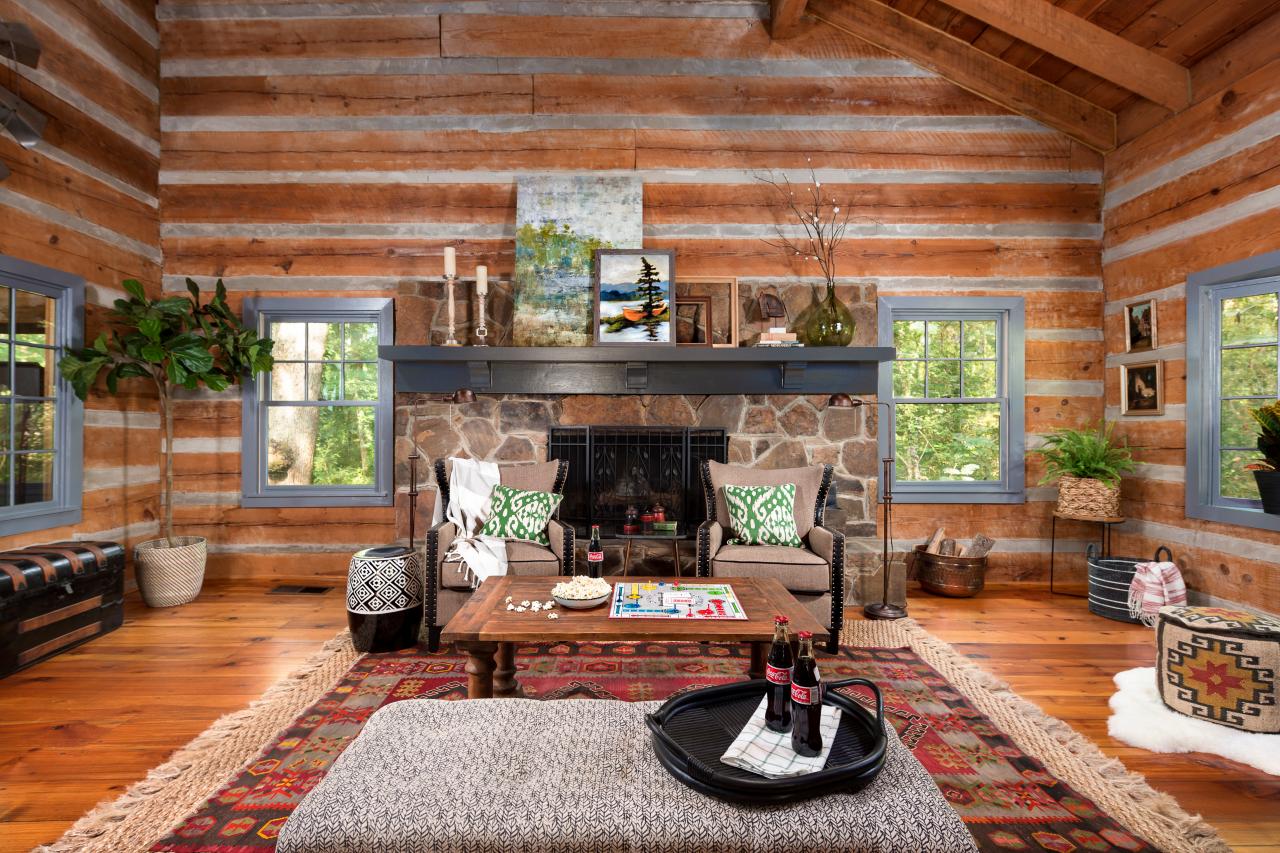
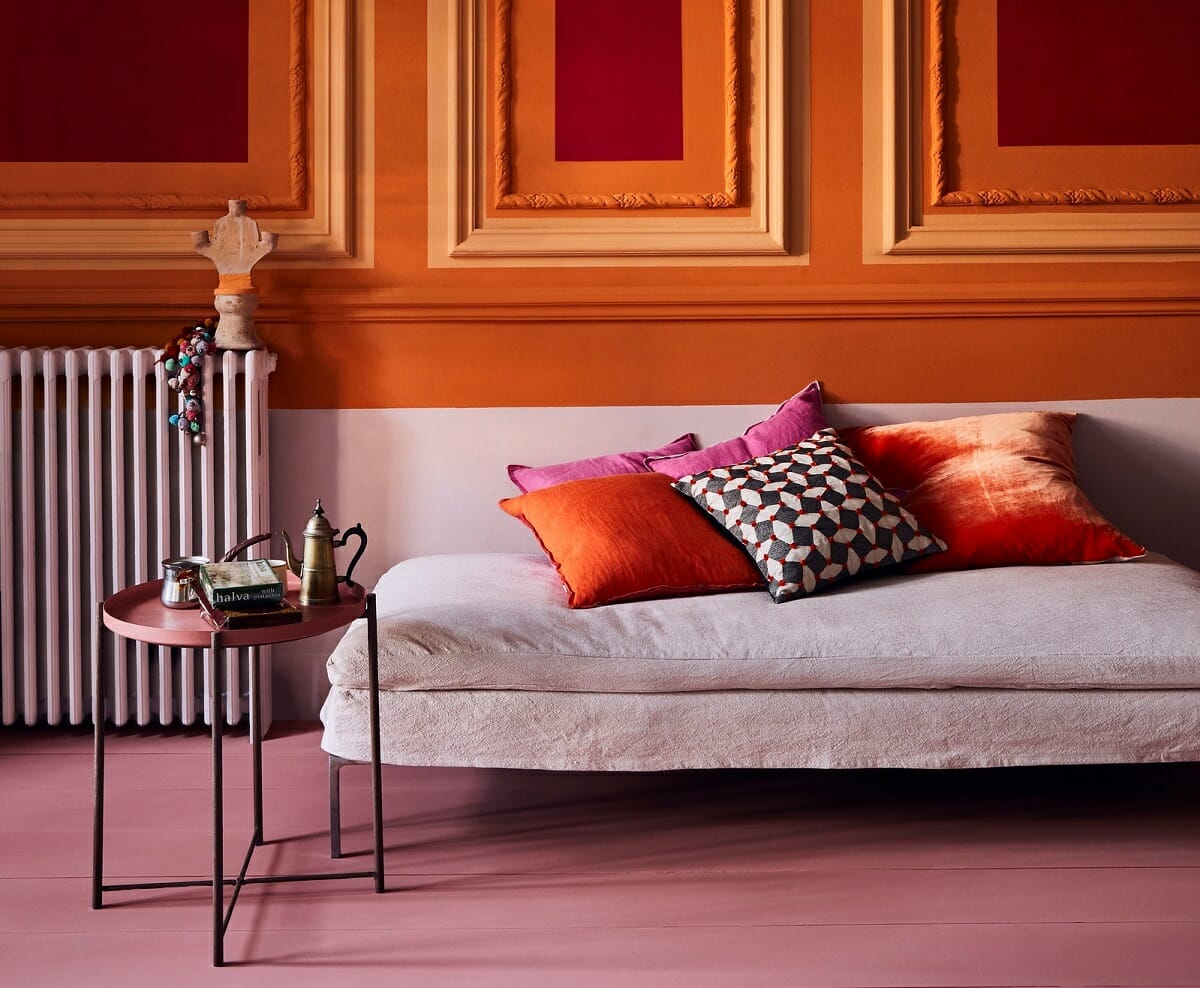
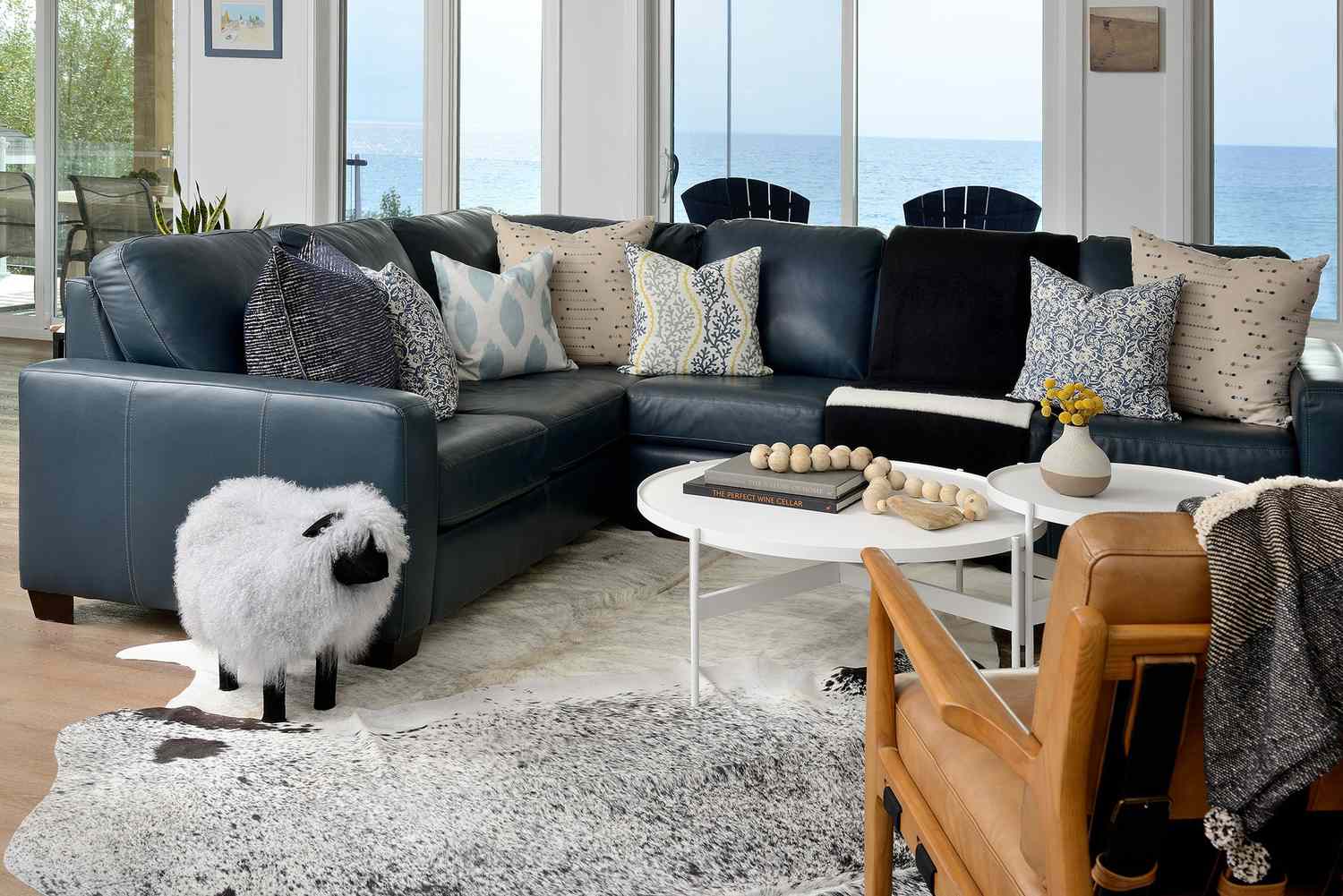
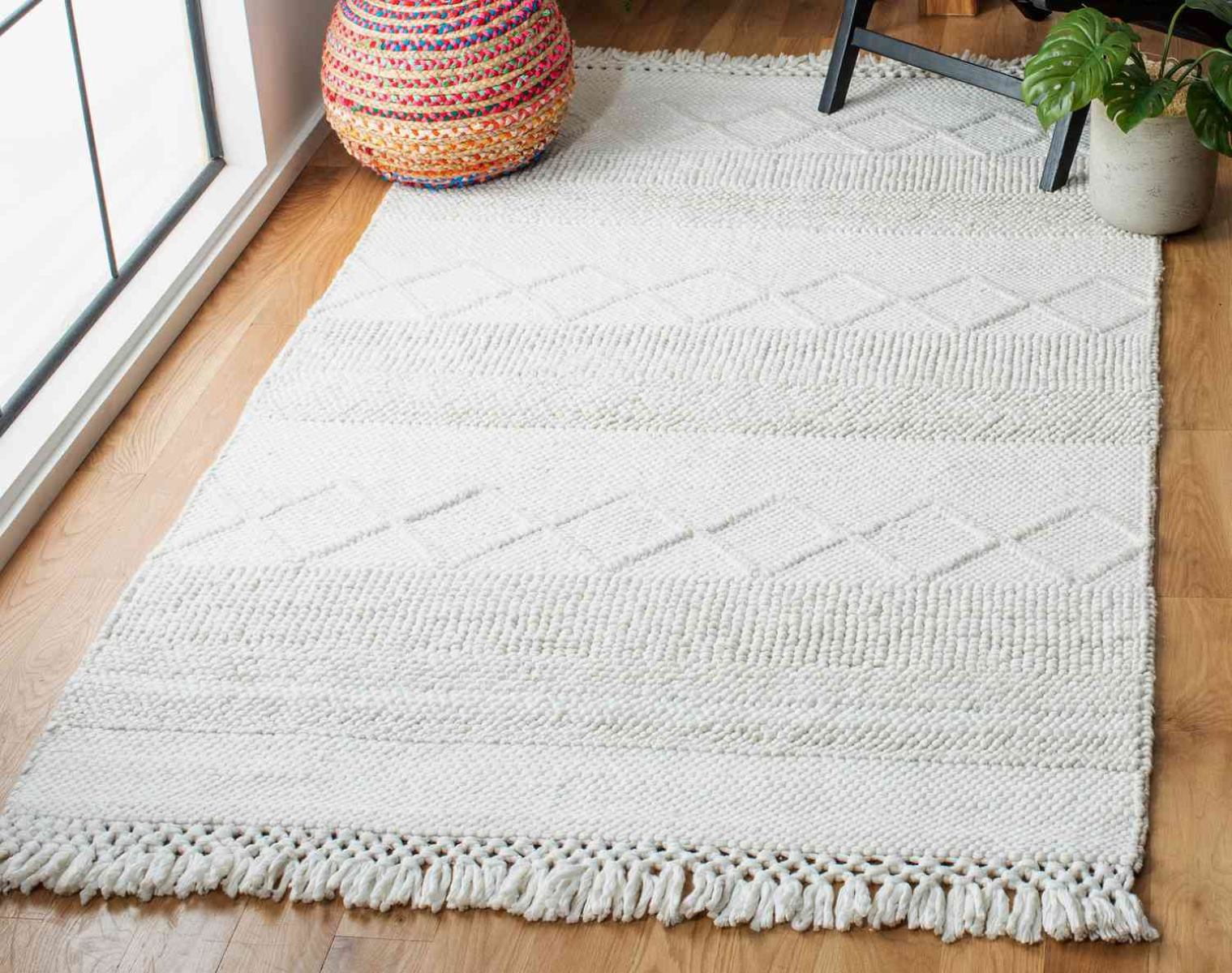
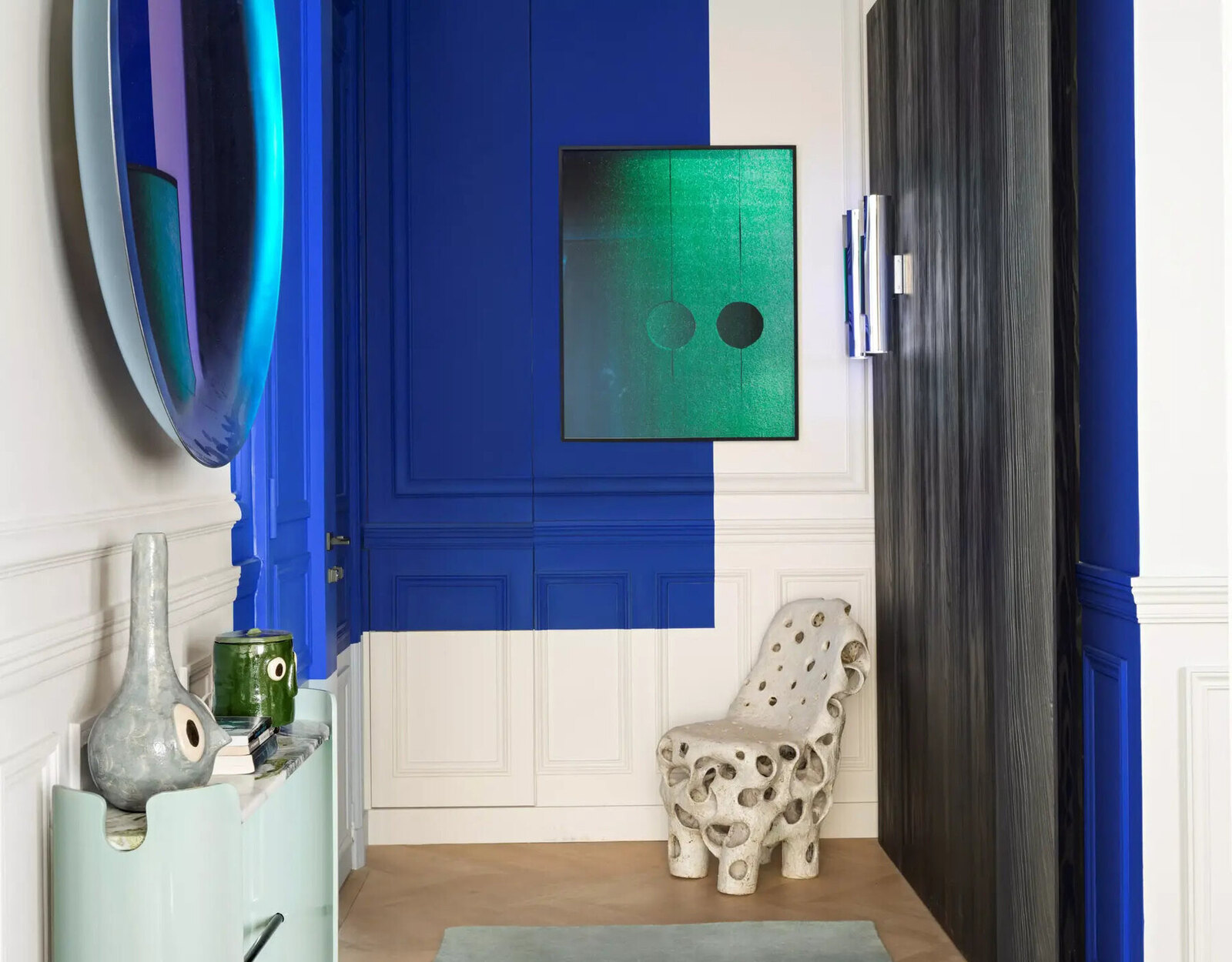
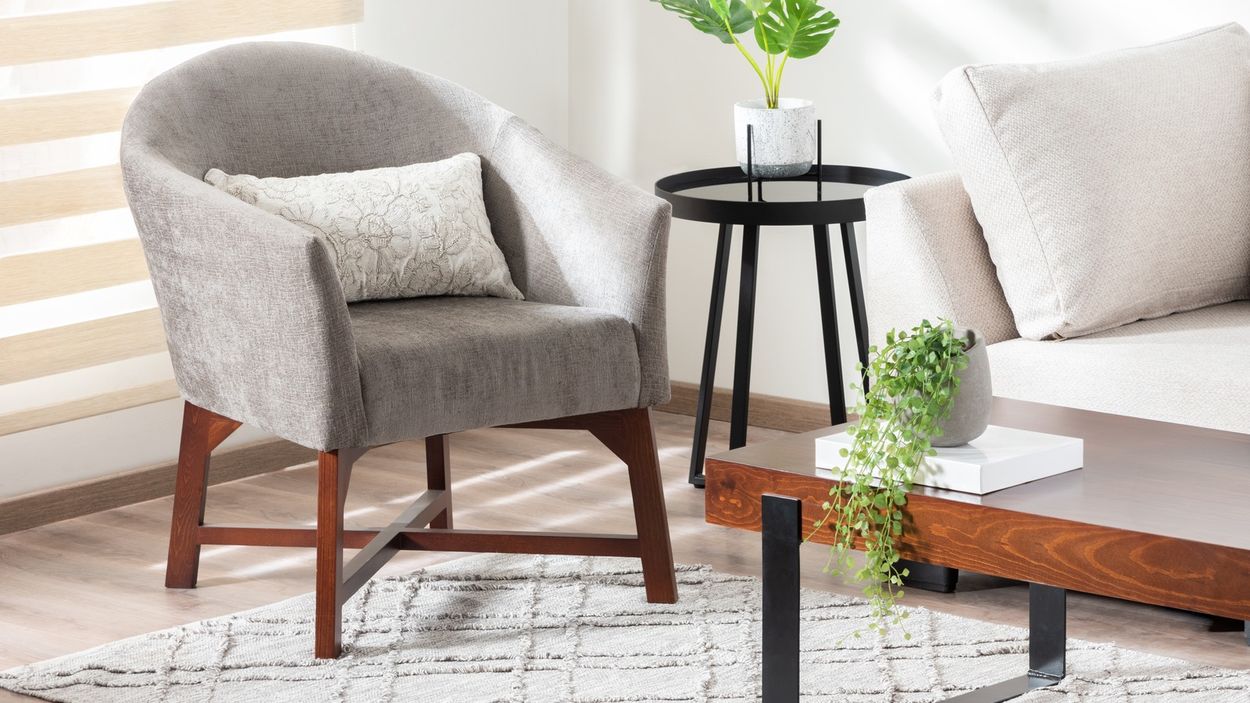
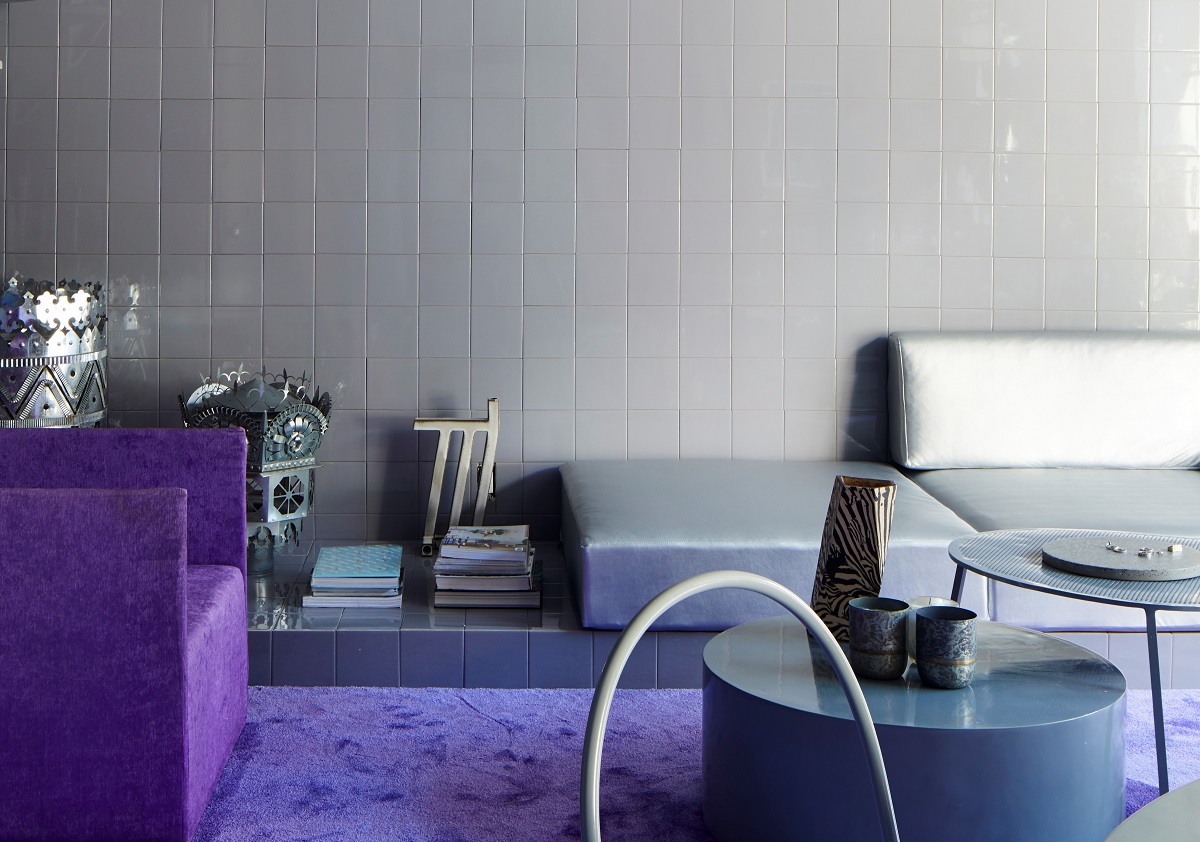
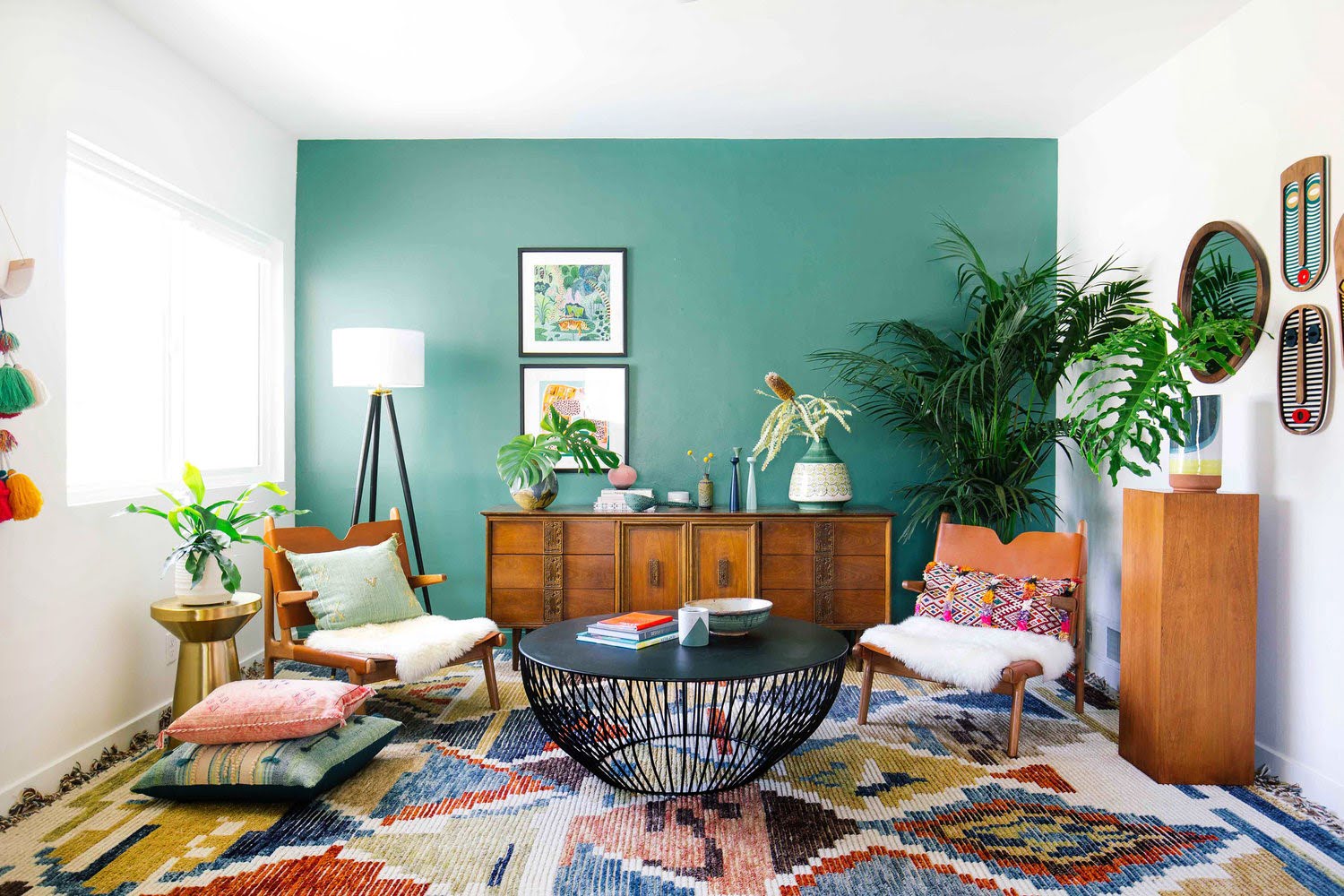

0 thoughts on “Using Blue As An Accent Color In Interior Design”